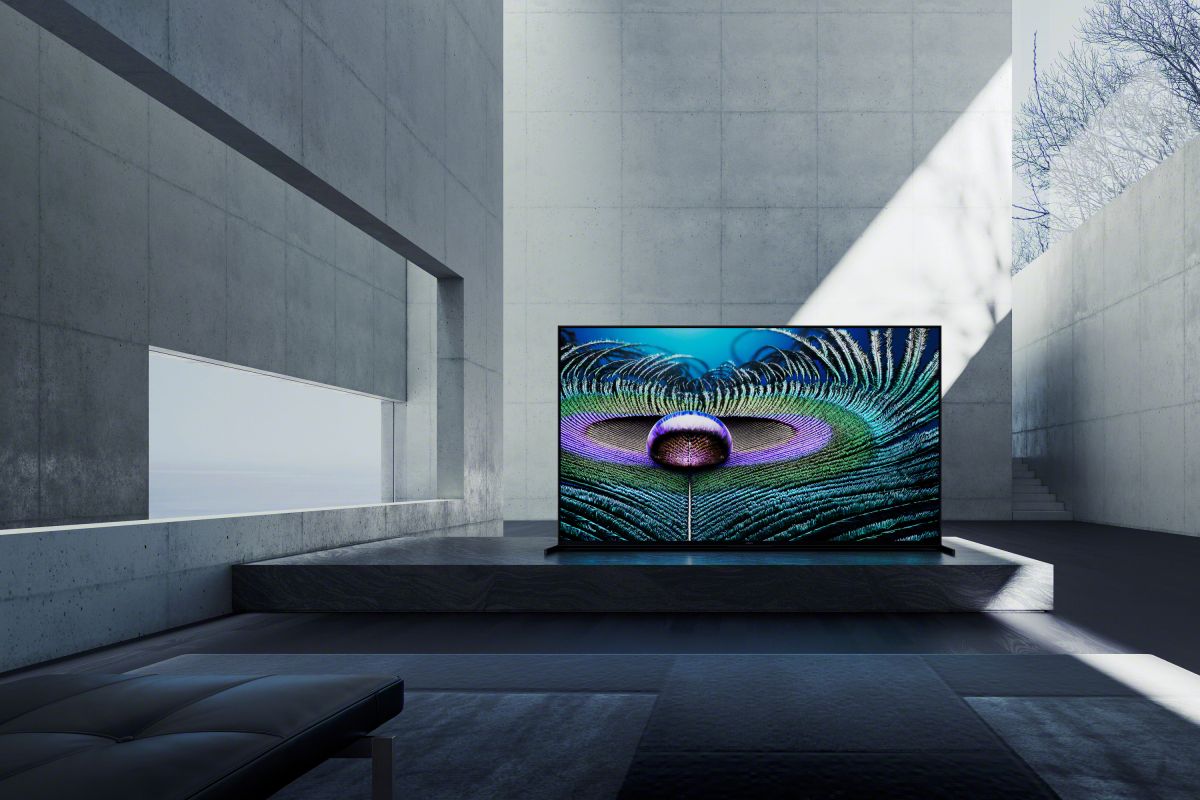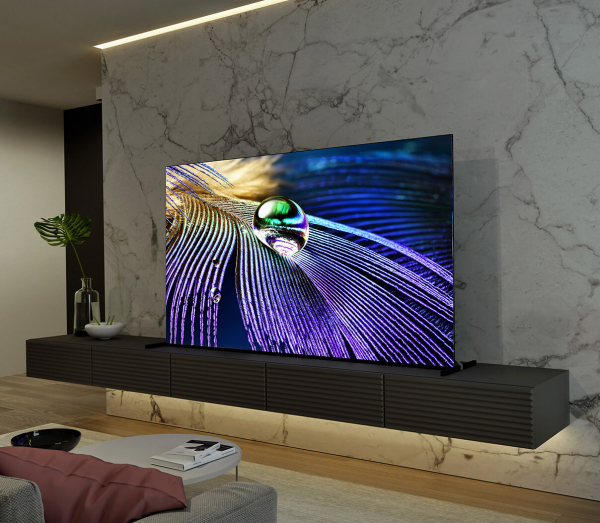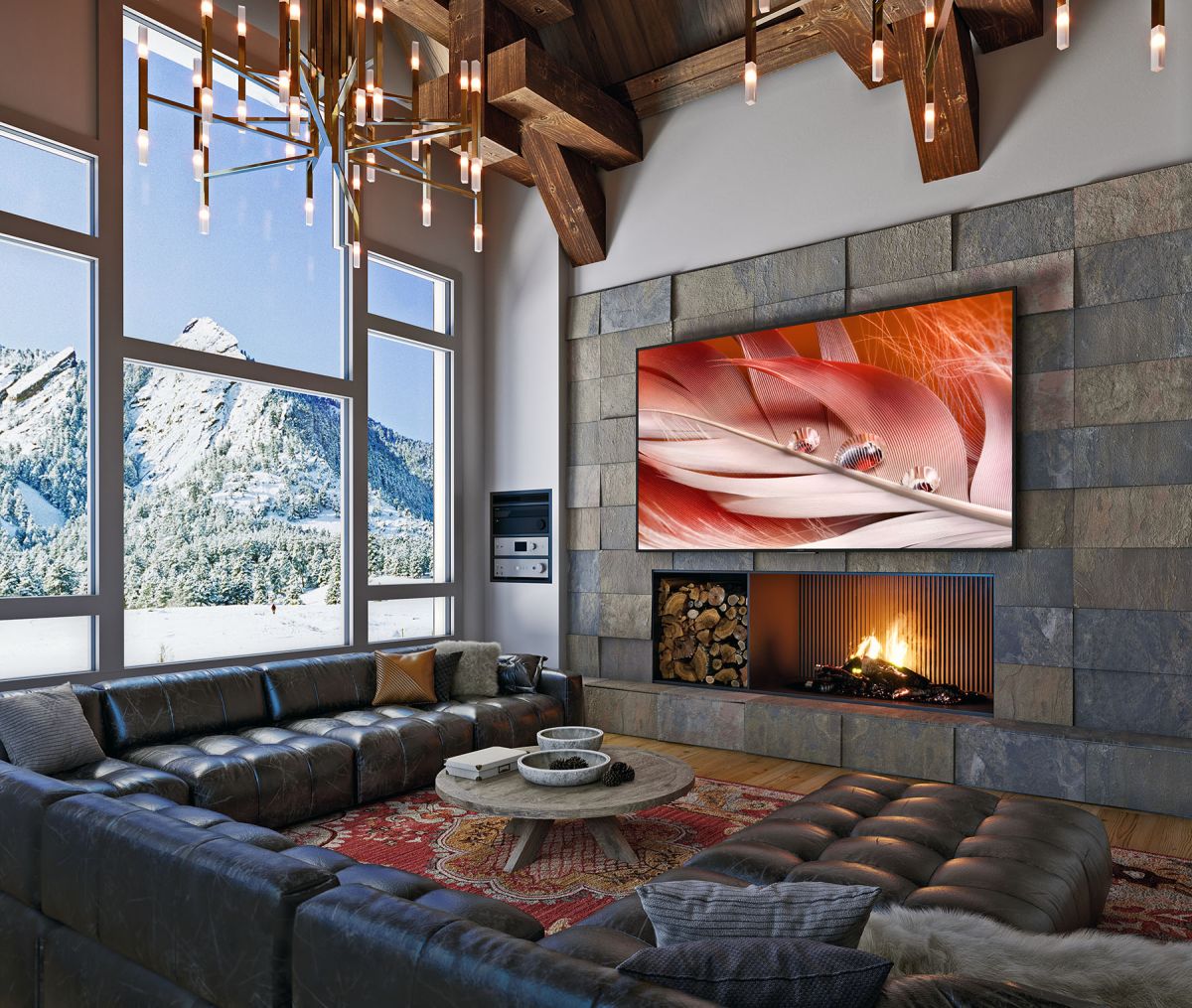- 04.28.2023
- leticia
- Movies & Television Tech"knowledge"y
The OLED Burn In "Myth"

For as long as OLED video displays have existed, there has been a stigma about pixel burn-in - a display becoming “stuck” with an image that appears almost seared into the screen itself. A good comparison: seeing an after-image when you look at something bright, then quickly close your eyes. A flash of the image lingers in your retina for about a second - technically, permanent image retention. This happened sometimes with older, first-generation OLED TVs - but rarely with current OLED technology So why are some folks talking about “burn in” with OLED TVs? Let’s explore how and why this stigma came to be, and why you should take it with the smallest grain of salt, if at all.
OLED TV first became available to consumers in 2013 and was an immediate hit with all the TV reviewers and tech industry reps who got to see it first. It was like a spiritual successor to the Plasma TV, thanks to the amazing contrast both technologies shared. Plasma sales faded due to cost, weight, and heat output, and its challenges in producing 4K (3840 x 2160p) resolution. Visually speaking the future looked like it would be filled with OLED and it certainly has been - for good reason.
However, the story isn’t all sunshine and rainbows. While OLED is arguably the greatest all-around video display that presently exists, and given its stunning picture quality is relatively affordable, it isn’t perfect. OLED suffers primarily from two drawbacks. The first is total brightness. Current OLED displays are not dim, and if you are coming from just about any mid-grade or below TV from the last decade, the majority of current OLED displays will outshine it with ease.
However, if you want the brightest display possible, you’ll need a full array backlit LCD. I would only recommend using these in the brightest rooms since most are even higher priced than current OLED. The second is the potential for burn-in, as previously discussed. If an OLED panel is forced to display the same static image for countless hours, over and over, it could potentially cause a permanent burn-in on that TV. But remember that most people for most use cases don’t have a static video image for hours on end, day after day.
At the time of OLED’s rise, Samsung was competing against LG and Sony for consumer TV market share and they had a different strategy and technology for their TVs called QLED. After OLED came about they chose the name QLED. How similar do those look? Samsung’s QLED is an LCD with a layer of what’s called Quantum Dots applied to the front of the panel - just below the glass, and above the color filter. Quantum Dots are light reactive particles that when excited absorb and re-emit light. These can be used to further color depth and actually help with viewing angles due to their emission characteristics.
Samsung QLEDs are fine TVs but they lack the contrast ability of OLED. Regarding black levels, you cannot beat OLED’s self-emissive displays with displays that are not self-emissive. So what is Samsung to do upon seeing OLED dominate the market? They did a little marketing of their own, suggesting that their QLED would never burn in (mostly true) while playing up OLED’s burn-in potential.
We here at Gramophone have sold hundreds, maybe thousands of OLED TVs. Personally, I have only seen three examples with burn-in, all manufactured prior to 2019 - the year that some major quality control improvements were made in panel manufacturing, and when counter-measures like logo dimming and pixel shifting were added. Logo dimming is the TV identifying static parts of the image, and mildly dimming that portion. Pixel shifting adjusts the entire image left, right, up, or down by a few pixels, evening out the load. I’ve had this setting constantly enabled on two OLEDs I’ve owned and have never noticed shifting in usage.
In 2020, higher-end OLEDs had a heatsink added for even better protection while pushing for higher brightness. Most current OLEDs have heatsinks. Now we even have things like QD-OLED, adding those Samsungs Quantum Dots to OLED to expand color and brightness further. These sets are even more robust, as the OLED material itself is just blue - meaning it wears almost completely evenly over time. Fortunately, the Quantum Dots serve all coloration functions (that absorption and re-emission behavior can completely transform colors). The best part: it’s made by Samsung! They finally joined team OLED after they couldn’t beat them, and we are better for it because QD-OLED is a promising evolution that pushes technology forward.
The moral of the story: have confidence in OLED! I’m happy to say I’ve never suffered any burn-in, even when using my TV as a computer monitor, as my PC is wired into my living room along with my desk monitor. Elements like the Windows taskbar are sitting there, dead still on the bottom of the display - constantly - but my TVs have been fine.
Others at Gramophone have owned OLED, and by now the majority of our customers do too. Even folks who shared their concern about OLEDs with me, and subsequently purchased OLEDs, are loving them. If you want a TV display that will amaze you, buy an OLED. You’ll be dazzled. That perfect contrast is just…real. I still catch myself feeling awed at the way my TV looks sometimes, especially with great HDR content like Dolby Vision movies or recent PC games. I’m thankful that not only are we living in a time in which our entertainment can actually be that good, and so easily accessible - better yet, I have been blessed to be able to enjoy it all. If you have the means, choose to enjoy those feelings too.
-Luke



